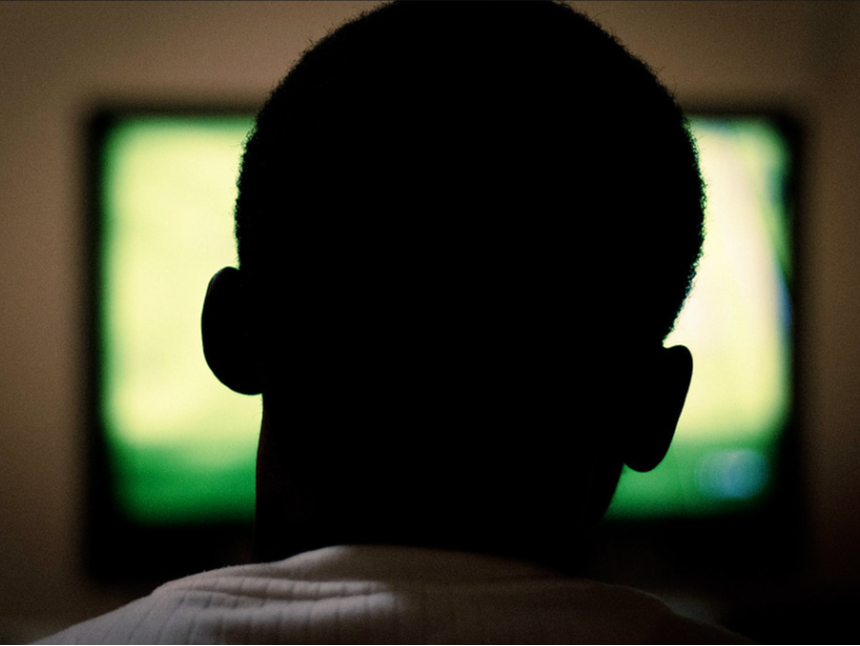|
|
|
If we are to assume the Shakespearean platitude that 'the eyes are the windows of the soul', then it is not beyond our comprehension that visual images used by NGOs (non-governmental organisations) in their advertisements are carefully curated ideas over who or what is ‘seen’, and more importantly ‘how’ it is seen, and for whom. In today’s progressively changing and competitive media and communications environment, humanitarianism is now a profitable enterprise in our visual-as-currency economy.
On our television screens, in our social media applications and unsolicited pop-up email advertisements, and even among the rumpled pile of outdated magazines in the doctor’s waiting room, the public faces of the international aid and relief industry are seldom out of sight. Whether it is malnourished pot-bellied toddlers wearing western football memorabilia of seasons past, a despondent refugee mother in a displacement camp, or a vast horde of shaven-headed, undifferentiated Black and Brown masses in conflict zones, these images are the aesthetic currencies of commercialised suffering employed by humanitarian organisations to brand themselves and their strategic ambitions, and imbue western audiences with a philanthropic disposition. Visual representations are central to – and orbit around – the phenomenon and work of humanitarianism. When we think of humanitarian work, we often visualise much of the non-western, Black and Brown world. As image producers and disseminators, these organisations set the visual tone within which certain people and places are defined and comprehended – indeed, who (and what) they ‘are’, ‘aren’t’ and ‘ought to be’.
Much critical and mainstream international development literature has critiqued the different ways in which NGO representations affect audience’ perceptions, knowledge and dispositions of distant ‘Others’. Yet, much of this literature presents white hegemonic interpretations of British audiences of NGO representations, including visions of a singular community of people who are assumed self-evidently white, and seemingly devoid of racial differentiation. These studies further assume audiences interpret and are impacted by such images in largely undifferentiated ways, i.e. audiences do not understand the perspectives of Black African audiences and how they interpret these images. What is it like for those who are ‘seeing’, while also ‘being’, the visualised ‘Other’?
Using Nigerians as a case study, my research, as discussed in my Identities article, 'Seeing and being the visualised 'Other': humanitarian representations and hybridity in African diaspora identities', reveals how Nigerian subject-making is relative to humanitarian representations. This is most pronounced in the paradoxical relationships that Nigerians have with these images, by their simultaneous resentment for and identification with humanitarian representations. These oxymoronic, 'harmoniously-conflicting' relationships are managed by Nigerians adopting and (re)appropriating new, alternative and preferential racialised identities, or ‘personae’, such as the ‘taking up’ of Afro-Caribbean identities that ‘downplay’ their Nigerian and/or African-ness. Others acquire ‘ambassadorial’ and self-celebratory identities, such as 'unapologetically Black' or 'fiercely Nigerian,' to emphasise their ethno-racial subjectivities. These Nigerian self-iterations are strategically mobilised in their attempt to make ‘meaning’ legible amid racially-stereotyped and problematic portrayals of Africa(ns) that are mediated by white supremacy. These identities are also class-based: adopted to access and mimic the optics of middle-class statuses, while attempting to disassociate themselves from imagery of ‘the Black African poor’. Not only does this ventriloquise ideologies of whiteness, by appropriating its 'them/us' binary oppositions used to subjugate the non-white, but it also fuels anti-Black racialised sentiments and hierarchical divisions among Nigerians that are undergirded by whiteness.
Blog post by Edward Ademolu, The London School of Economics and Political Science, UK
Read the full article: Ademolu, Edward. Seeing and being the visualised 'Other': humanitarian representations and hybridity in African diaspora identities. Identities: Global Studies in Culture and Power. DOI: 10.1080/1070289X.2019.1686878
0 Comments
Your comment will be posted after it is approved.
Leave a Reply. |
|
Explore Identities at tandfonline.com/GIDE |
|
The views and opinions expressed on The Identities Blog are solely those of the original blog post authors, and not of the journal, Taylor & Francis Group or the University of Glasgow.

